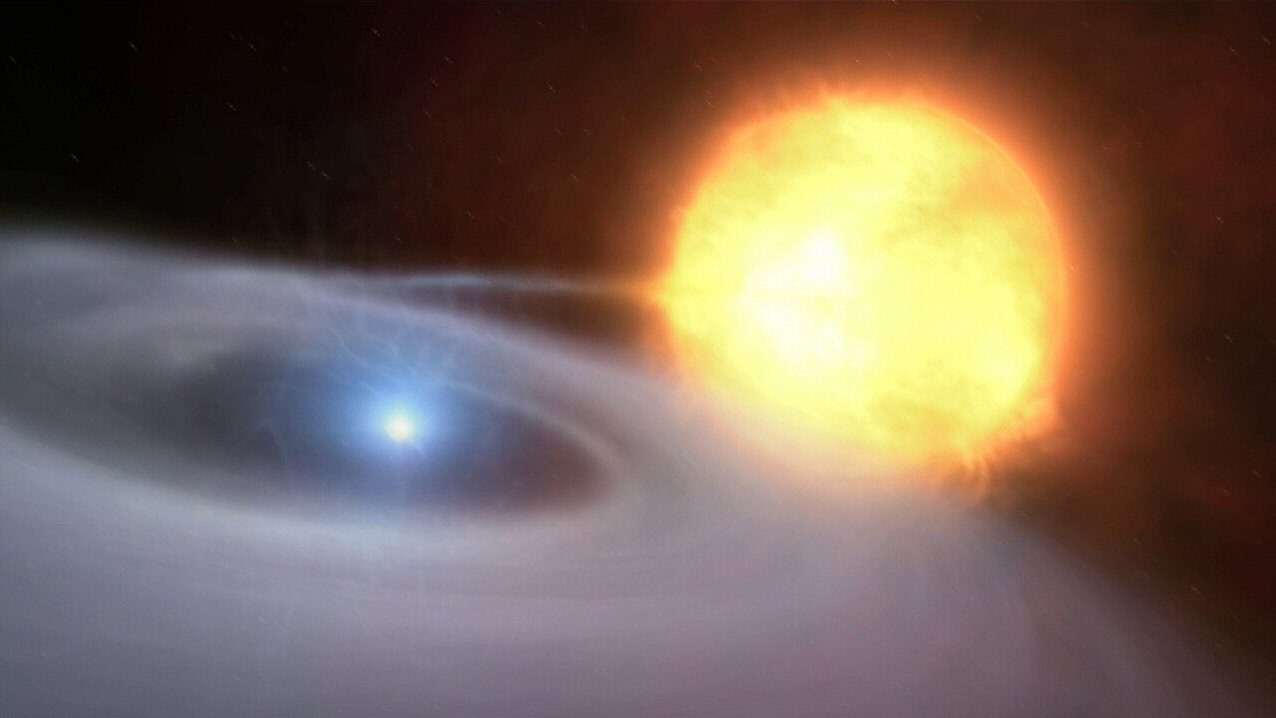Scientists have studied the supernova SN 2022ann, which belongs to a rare Type Icn. This is only the fifth such object known to people. Studies show that before the explosion, the flash “inflated” its shell.

Supernova of a rare type
Scientists from different countries have studied the supernova SN 2022ann in the visible and infrared spectrum. It is located in the galaxy SDSS J101729.72-022535, 710 million light-years away from us. What makes it interesting is that it belongs to a rare Type Icn.
Supernovae are giant explosions that occur for a fairly large number of reasons. They are usually divided into two main types. Type I does not have bright hydrogen lines in the spectrum, but Type II does. Icn is a variant of the first variant, which has neither signs of hydrogen nor helium, but at the same time there are lines of oxygen and carbon.
According to scientists, supernovae Type Icn are formed due to the gravitational collapse of stars, which before that lose their outer shells. SN 2022ann is only the fifth case of observation of this phenomenon.
What have the studies shown?
The study showed that in the spectrum of SN 2022ann there are strong lines of oxygen and carbon, resembling the massive variable star P Cygni. The last one is known for the fact that flashes occur on it, increasing its luminosity hundreds of times for centuries.
Again, SN 2022ann demonstrates a rather low luminosity, which, on the other hand, remained constant for quite a long time after the flare. Scientists have calculated that during the explosion, this star threw into space an amount of matter equal to 1.73 times the mass of the Sun.
Studies show that just before the flare, the shell of the star was “inflated” by a powerful internal flare, similar to what happens with the P Cygni, and this explains its amazing features.
In addition, the researchers suspect that the moon of the star, which we do not see, but which should be there, played a role in this situation. Judging by how rare Icn-type supernovae are, such a confluence of circumstances is very rare.
According to phys.org
Follow us on Twitter to get the most interesting space news in time
https://twitter.com/ust_magazine

